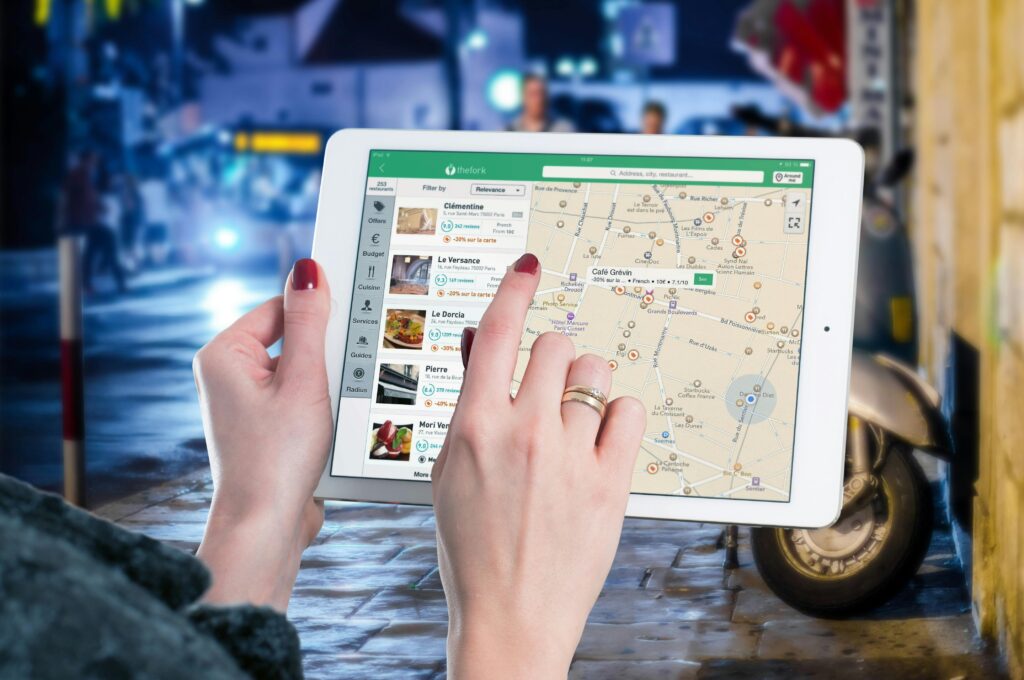In a world where smartphones dominate and networking happens online, the traditional paper business card feels outdated. Enter digital business cards—a smarter, faster, and more sustainable way to share your professional details.
What Is a Digital Business Card?
Ultimate Guide to Digital Business Cards:A digital business card (also known as a digital visiting card or e-business card) is a modern, electronic version of the paper card. It’s accessible through your smartphone, tablet, or computer and offers features that paper cards could never match.
Common methods of access:
- 🔍 QR codes – Allow instant scanning and saving
- 📲 NFC technology – Tap phones to exchange details
- 🌐 Web links – Share on WhatsApp, email, or social media
- 🧩 Dedicated apps – Create and manage cards effortlessly
These digital tools make your professional identity accessible anytime, anywhere, and with zero printing involved—making them central to the Ultimate Guide to Digital Business Cards.
Top 5 Reasons to Switch to Digital Business Cards
Ultimate Guide to Digital Business Cards go through these
1. 📦 Never Run Out of Cards
No more panicking at events or meetings because you left your stack at home. Just pull up your digital card and share in seconds.
2. 🌱 Instant & Paperless Networking
Going digital means going green. Cut down on paper waste while ensuring your contact gets saved directly into the recipient’s device.
3. 🎨 Dynamic & Interactive Content
Paper cards are static—but a digital business card can include:
- Clickable social media profiles
- Embedded portfolio or website links
- Calendar booking integrations
- Videos or downloadable brochures
4. 🔄 Easy to Update
Whether you’ve changed roles, phone numbers, or URLs—just update your card in real-time. No reprints, no delays.
5. 📈 Analytics and Engagement
Top apps like HiHello and Blinq allow users to track who viewed their card. Perfect for timely follow-ups and lead tracking.
How to Create a Digital Business Card
This Ultimate Guide to Digital Business Cards wouldn’t be complete without practical methods for creating your own:
Option 1: Use a Dedicated App
- HiHello – Known for elegant, customizable designs
- Blinq – Great for NFC-enabled cards and QR codes
- CamCard – Offers scanning and digital conversion features
These platforms offer templates and easy editing, so even non-designers can look professional.
Option 2: DIY Design
Use tools like:
- Canva – Design sleek layouts with drag-and-drop ease
- Adobe Express – Create brand-aligned cards with advanced visuals Pair with QR Code Generator to create links for sharing.
Option 3: Built-In Smartphone Features
- iPhone users (iOS 17+) can use Contact Posters with NameDrop
- Android users can share contacts as vCards via Google Contacts
How to Share Your Digital Business Card
Maximize your reach and professional presence with these sharing strategies:
- 🎯 QR Codes – Print them on phone cases, laptops, or conference badges
- 📟 NFC Tags – Embed into physical cards, wristbands, or lanyards
- 📧 Link Sharing – Add links to email signatures, resumes, or LinkedIn bios
- 🔗 One-Tap Buttons – Enable instant WhatsApp or email contact from your card
Ultimate Guide to Digital Business Cards
Who Should Use Digital Business Cards?
While ideal for tech-forward professionals, digital cards benefit nearly every field:
- 👩💼 Business owners & freelancers – Make fast, professional first impressions
- 🎨 Creatives & marketers – Share portfolios and media instantly
- 👨⚕️ Doctors & consultants – Offer discreet, scannable contact info
- 🏠 Real estate agents – Embed maps, listings, and meeting forms
- 🔍 Job seekers – Attach resumes, cover letters, and personal websites
Final Thoughts: Embrace the Future
This Ultimate Guide to Digital Business Cards highlights the transformation from static to smart networking. By switching to a digital format, you’re saving resources, boosting convenience, and leaving a more memorable impression.

